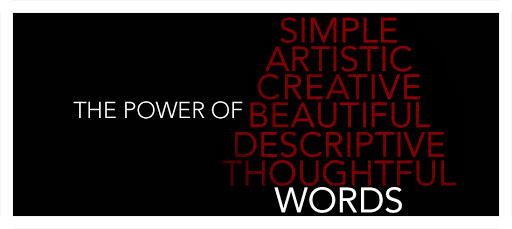
Print is a very powerful medium for communication. It informs, ignites and explains ideas and information. It can excite, and it can deflate.
Print has developed to also present images, diagrams and graphs, all of which can improve the quality and quantity of information presented, and its impact on the reader.
For you as a scientist, the ability to express yourself on a printed page has become a vital skill that needs to be honed early in your career: it’s how you present your ideas in academic journals, and it’s how you communicate with many of your peers.
Furthermore, while print in stone and on paper has been around for thousands of years, the Information Age has brought print to the computer screen so it can be readily available around the globe, on screens large and small.
Print now has greater power than ever to inform, and greater ability to distract and detract.
So why isn’t all communication in print? Why can’t you as a scientist rely only on writing all you know to communicate?
Print has limits as a communication medium, because the use of print assumes:
- readers can understand the written word, a poor assumption given continued illiteracy to various degrees world-wide;
- access for all your intended audience, whether it be physical access to the paper, economic access – whether someone can afford to buy the paper, or language access, e.g., assuming everyone understands English;
- the level of language you use is understood by your audience, particularly any jargon, ‘slang’ from different dialects, or technical terms from different disciplines;
- print is always culturally appropriate for communication – some cultures prefer face-to-face communication over print;
- All you want to say can be conveyed in print – what if you want to accompany your message with a shrug your shoulders, a smile, or a squint your eyes?
So, when we develop a communication plan on our research stories, we need to use print to its greatest advantage and recognise its limitations, particularly for the audiences with whom we really want to connect.
Good printed communication can:
- Clearly spell out a scientific idea;
- Expand on and explain that idea;
- Present arguments for that idea;
- Support the use of other media to present the idea;
- Store an idea to be re-used later.
Printed communication is not as effective at:
- Effectively conveying positive and negative human emotions;
- Presenting non-written actions such as facial expressions or voice inflections;
- Representing arguments for and against an idea, especially where print is subject to an editor and editorial opinions;
- Keeping a reader’s attention when they are multitasking;
- Presenting information that attracts readers with varying levels of education and experience;
- Presenting complex negotiations or difficult conversations that require diplomacy and nuance.
Print is a powerful communication tool. However, in most cases, you will need to use other media to convey all the parts of your scientific story, particularly when you communicate the ‘so-what’ point to your audience, the ‘this-is-why-you-should-be-interested’ moment.
My next blogs will present ideas on other media that can enhance print and reach different audiences.
To help you develop your printed messages for your research story, contact The Comms Doctor® via email contact@thecommsdoctor.com.au or visit the Comms Doctor® website.

